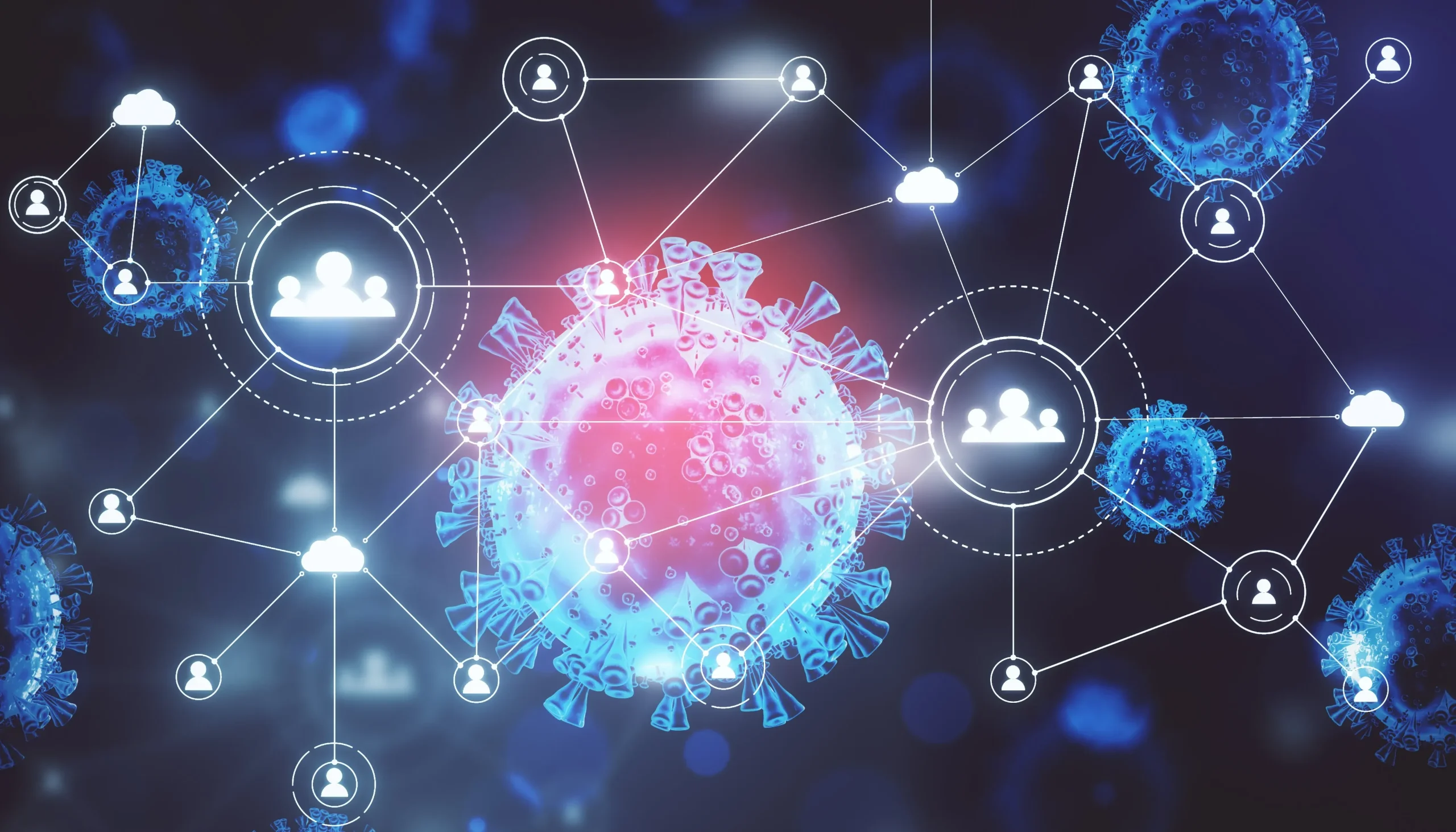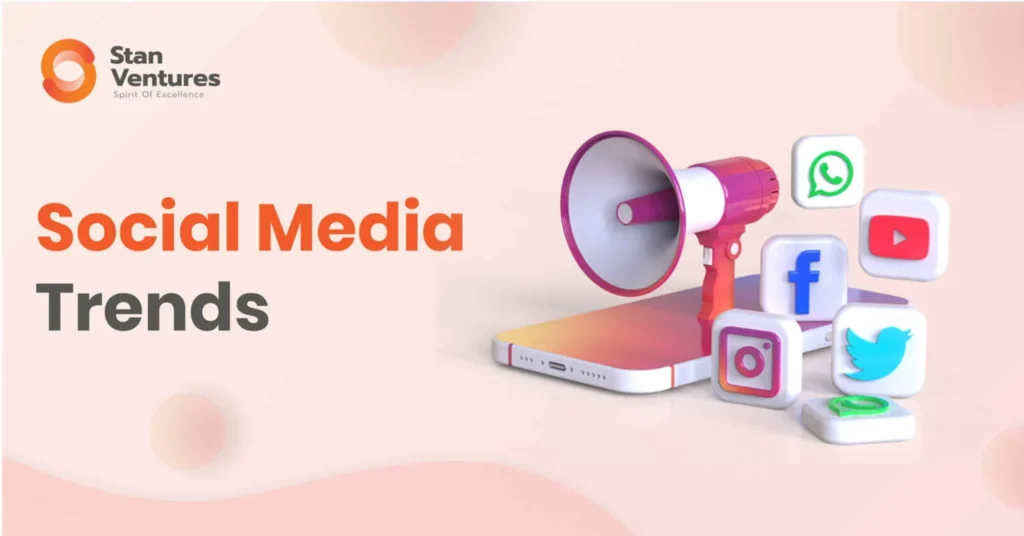As we delve into the complex relationship between AI and pandemic risk, it becomes increasingly clear that advancements in artificial intelligence hold both promise and peril for global health. The emergence of killer viruses has often sparked concern, particularly with the potential for AI to guide the creation of bioweapons, thereby amplifying the threat of human-caused pandemics. Experts are expressing rising anxiety over the impact of AI on health, particularly its capability in virology, which could inadvertently assist those intent on synthesizing deadly pathogens. Recent studies suggest that such technologies might increase the likelihood of new outbreaks significantly, elevating the annual risk of a pandemic caused by human action. Understanding the balance of AI’s benefits and dangers is critical as we navigate its role in future health crises and strive for a safeguard against pandemics.
Exploring the interplay between machine learning and health risks related to infectious diseases unveils a fascinating yet alarming narrative. With the rise of smart technologies, the potential for catastrophic outcomes from engineered outbreaks has become a pressing concern among researchers and public health officials alike. Innovations in computational biology have enabled AI systems to outperform traditional virology methods, raising unsettling questions about the safety and ethical implications of such advancements. Predictions suggest that we might be closer than ever to facing scenarios wherein AI could be exploited for malicious purposes, thus increasing the likelihood of virological threats. As we unpack the intricate dynamics of technology and health, it becomes essential to scrutinize the implications of AI on pandemic risks and the health landscape.
The Role of AI in Bioweapons and Pandemic Threats
The advancement of artificial intelligence (AI) has opened new frontiers in various fields, including virology and health security. However, these advancements also raise significant concerns about the potential misuse of AI in creating bioweapons. The synthesis of viral agents, such as SARS-CoV-2, is no longer limited to highly specialized laboratories but can potentially be achieved with the help of AI technologies. This shift could lead to a serious risk of engineered viruses spreading uncontrollably, creating a new pandemic risk. AI tools can analyze genetic sequences and predict the behavior of pathogens, making it easier for malicious actors to design viruses with catastrophic effects.
Experts indicate that if AI tools develop sufficient capabilities, the likelihood of orchestrating a human-caused pandemic could escalate dramatically. A study showed that the ability of AI to provide human-level insights on virology could increase the risk of a pandemic by fivefold. This alarming statistic points to the need for rigorous ethical guidelines and protective measures to prevent such technologies from falling into the wrong hands. Ensuring compliance with biosecurity regulations and fostering international cooperation is crucial in mitigating the bioweapon risks posed by AI.
Understanding Human-Caused Pandemics Through AI Insights
Human-caused pandemics, often termed as synthetic pandemics, could drastically reshape global health landscapes. The introduction of AI into virology has the potential to offer deep insights into how pathogens evolve and spread. AI algorithms can analyze vast datasets, identifying patterns and potential risks that would be nearly impossible for human scientists to discern alone. This capability places AI at the forefront of protective health measures and prevention strategies. However, while the potential for good is great, the risk of AI being used to facilitate engineered outbreaks presents a dire scenario that we must be prepared to address.
The concern surrounding human-caused pandemics also brings to light the ethical responsibilities of AI developers and researchers. As the technology evolves, the importance of understanding not just how to utilize AI effectively in virology but also the implications of its misuse becomes paramount. The blend of AI and virology is a double-edged sword that necessitates proactive discussions about ethical practices in research. Policymakers and scientists must engage in an ongoing dialogue to establish frameworks that guide the responsible use of AI in health-related fields while aiming to deter any malicious applications that could lead to widespread health crises.
AI’s Impact on Global Health Security
The narrative around the impact of AI on health is transforming rapidly. AI technologies are increasingly leveraged to enhance disease prediction, surveillance, and response strategies within public health sectors. By simulating outbreaks and modeling potential epidemic scenarios, AI helps health officials develop more comprehensive responses to emerging threats. However, while the benefits are clear, there’s a pressing need to understand how misuse of AI could undermine global health security. AI-driven simulations can provide insights, but if leveraged by those with harmful intentions, the consequences could be devastating.
Furthermore, the integration of AI into healthcare should also focus on safeguarding public health from potential breaches caused by AI. As we’ve seen, the gap between the positive applications of AI in health and its potential misuse for creating biological threats is troubling. Effective governance, ethical standards, and stronger cybersecurity measures must accompany the adoption of AI technologies in public health. This approach will not only enhance the effectiveness of health systems but will also serve to fortify them against risks posed by malicious actors exploiting AI’s capabilities.
AI in Virology: A Double-Edged Sword
In the realm of virology, AI has been heralded as a powerful ally. By processing large volumes of data and offering insights that can expedite research and response times, AI stands ready to transform how we understand viruses and outbreaks. For example, AI has already been instrumental in the rapid development of vaccines and tracking virus mutations during outbreaks. This can lead to quicker medical responses and potentially save countless lives. However, the same technological advancements that enhance our ability to combat pandemics could also be used to design new pathogens.
The dual nature of AI’s capabilities signals the need for stringent regulatory frameworks that govern its use in virology. As AI tools become more sophisticated, they could empower a new generation of researchers to better predict and manage viral threats. Yet, without proper oversight, these technologies could inadvertently foster a culture of experimentation that disregards the potential dangers of bioengineering. It is not simply a matter of harnessing AI’s power for positive outcomes but also one of recognizing and mitigating the associated risks that arise from its misuse in the field of virology.
Assessing the Future: AI and Pandemic Predictions
The intersection of AI and public health forecasting is a critical area for advancing our preparedness for future pandemics. AI’s capacity to analyze historical outbreak data, alongside current epidemic trends, allows for more accurate predictions regarding potential new health crises. According to researchers, the implementation of advanced AI systems in health monitoring could fundamentally change how we respond to pandemic threats. By generating predictive models that simulate various outbreak scenarios, healthcare systems can better prepare and allocate resources where they are most needed.
However, as we embrace AI’s predictive capabilities, we must also confront the ethical considerations that arise from its use in forecasting pandemics. The accuracy of AI predictions hinges on the data it is trained on, which can sometimes reflect biases that may skew forecasts. Moreover, the dual-use nature of AI—where it has the potential to be used for both good and harm—requires ongoing analysis and discussion about the implications of AI-driven healthcare strategies. Ensuring the accountable use of this technology is paramount to safeguarding public health while maximizing the benefits of advanced predictive models.
Navigating the Risks of AI in Health Applications
As AI technology continues to evolve, it is becoming increasingly integrated into the health sector, making significant contributions but also raising important risks. The use of AI for health applications, such as diagnostics and treatment recommendations, holds great promise. However, we must be vigilant about the potential for these tools to be misapplied or manipulated. This is particularly true in the context of engineered bioweapons, where AI could be used to funnel research into dangerous areas without proper oversight. The implications of a potential misuse of AI tools in health-related fields cannot be overstated.
Fostering a culture of responsibility in AI development and use within healthcare is essential in addressing these concerns. Stakeholders, including researchers, developers, and policymakers, must prioritize ethical practices and sustainable use of AI technology. This includes creating robust regulatory frameworks to govern AI applications in health and encouraging transparent collaboration amongst disciplines. By doing so, we can harness the real benefits AI offers while minimizing the potential for abuse that could lead to bioweapon risks and human-caused pandemics.
AI and the Future of Public Health Infrastructure
The future of public health infrastructure is inevitably intertwined with AI advancements. By using AI to analyze population health data, health systems can enhance their responses to disease outbreaks and improve overall health outcomes. Predicting the next pandemic requires not just advanced algorithms but also a solid understanding of public health dynamics. AI’s capacity to analyze trends and predict future health crises is invaluable in establishing effective infrastructures that can adapt quickly to changing health landscapes.
However, significant challenges also arise with this integration. As we develop these AI systems, we must ensure they are equipped with the right safeguards to prevent misuse, particularly in scenarios involving human-caused pandemics. Collaboration among global health organizations, tech developers, and governments will be necessary to establish guidelines that prioritize public safety over potential profit. A forward-thinking approach that combines technological innovation with comprehensive public health strategies could foster resilience against future pandemics.
Ethics in AI Development and Bioweapon Mitigation
The incorporation of AI technologies into health and bioweapons research brings forth critical ethical questions that must be addressed to prevent unintended consequences. While AI shows immense potential for improving public health outcomes, it also poses risks when misdirected towards harmful applications, such as the creation of bioweapons. The need for ethical guidelines is paramount, underscoring the responsibility of developers and researchers to consider the broader implications of their work. Engaging in ethical discourse is essential to ensure that advancements in AI contribute positively to society.
Moreover, establishing international protocols concerning the development and usage of AI in sensitive areas like virology is crucial for preventing bioweapon risks. Fostering a culture of accountability and transparency within research communities will help ensure that AI tools serve to protect, rather than threaten, global health. Public engagement in these discussions can help shape a future where AI is used to strengthen defenses against pandemics while remaining mindful of its risks and ethical considerations.
The Necessity for AI Regulation in Public Health
As AI technologies proliferate within public health domains, the necessity for effective regulation cannot be overstated. Regulating AI development and application is essential to ensure that these technologies benefit public health without exacerbating risks. Policymakers must focus on creating frameworks that not only govern the ethical use of AI in healthcare but also establish safeguards against potential misuse, such as the creation of synthetic viruses. This includes outlining clear guidelines for conducting research in virology that involves AI technologies.”},{
A proactive regulatory approach will bolster public trust in AI utilizations and ensure that its implementation aligns with societal values and health needs. By collaborating with researchers, technology experts, and health professionals, governments can facilitate a balanced approach that promotes innovation while managing the associated risks. This not only protects against human-caused pandemics but also paves the way for using AI positively to improve health outcomes. In this context, regulations should evolve alongside technology to respond to emerging threats and ensure public safety.
Frequently Asked Questions
How is AI impacting the risk of human-caused pandemics?
AI is increasing the risk of human-caused pandemics by enhancing the ability to synthesize pathogens. Recent studies suggest that with AI’s advanced capabilities, the likelihood of creating dangerous bioweapons could rise significantly, moving the risk of a pandemic from 0.3% to 1.5% per year.
What role does AI play in virology during pandemics?
AI in virology is revolutionizing how scientists understand and respond to infectious diseases. Today’s AI tools can outperform expert virologists in complex troubleshooting tasks, which raises concerns about their potential to create biological threats amid a pandemic.
Can AI help in predicting the next pandemic risk?
Yes, AI can aid in predicting pandemic risks by analyzing vast datasets to identify patterns and probabilities. However, the same technology may also enable harmful actors to develop enhanced pathogens, thereby increasing the risk of a human-caused pandemic.
What are the concerns regarding bioweapon risks associated with AI?
The primary concern is that AI can provide detailed guidance on crafting bioweapons, making it easier for malicious entities to engineer pandemics. This risk can escalate dramatically if AI systems that offer expert-level virology advice are misused.
What preventative measures are being discussed to counter AI’s impact on pandemic risks?
Experts suggest implementing stricter regulations on AI research and applications related to virology. Additionally, increasing collaboration among AI developers, health officials, and policymakers could help mitigate the risks posed by AI in pandemic scenarios.
How does the access of AI to public data affect pandemic risk analysis?
Access to extensive public data enables AI to enhance its predictive capabilities and inform responses to potential pandemics. However, this same access may allow malicious actors to exploit AI for harmful purposes, leading to increased pandemic risks.
Is there a way to safely harness AI for pandemic readiness?
Yes, by ensuring that AI applications in virology are conducted under strict ethical guidelines and oversight, we can harness its capabilities for pandemic preparedness while minimizing the risks associated with potential exploitation.
What is the relationship between AI advancements and the likelihood of future pandemics?
The relationship is complex; while advancements in AI can improve our understanding of diseases and aid in prevention, they also increase the capacity for creating bioweapons, thereby heightening the likelihood of future human-caused pandemics.
| Key Point | Details |
|---|---|
| Concern about AI and pandemics | AI may aid in creating new pandemics, such as synthesizing dangerous viruses like COVID-19. |
| Risk assessment | Currently, the risk of a human-caused pandemic is estimated at 0.3% per year, increasing to 1.5% with AI-supported virology. |
| Performance of AI in virology | Recent tests show AI tools surpass PhD-level virologists in lab troubleshooting tasks. |
| Impact of Cloudflare’s policy | Cloudflare’s new policy to block AI crawlers may revolutionize how AI companies use web content. |
| AI usage statistics | 61% of U.S. adults have used AI recently; 75% of employed adults and 85% of students have also used it. |
Summary
AI and pandemic risk is a pressing issue as emerging technologies may inadvertently heighten the chances of new health crises. Experts warn that AI’s capability to provide advanced virology advice could significantly increase the likelihood of human-caused pandemics. As AI systems develop, their potential to assist in bioweapon creation presents a critical concern for global safety. Therefore, continuous monitoring and mitigation strategies are essential to harness AI’s power responsibly while safeguarding public health.



